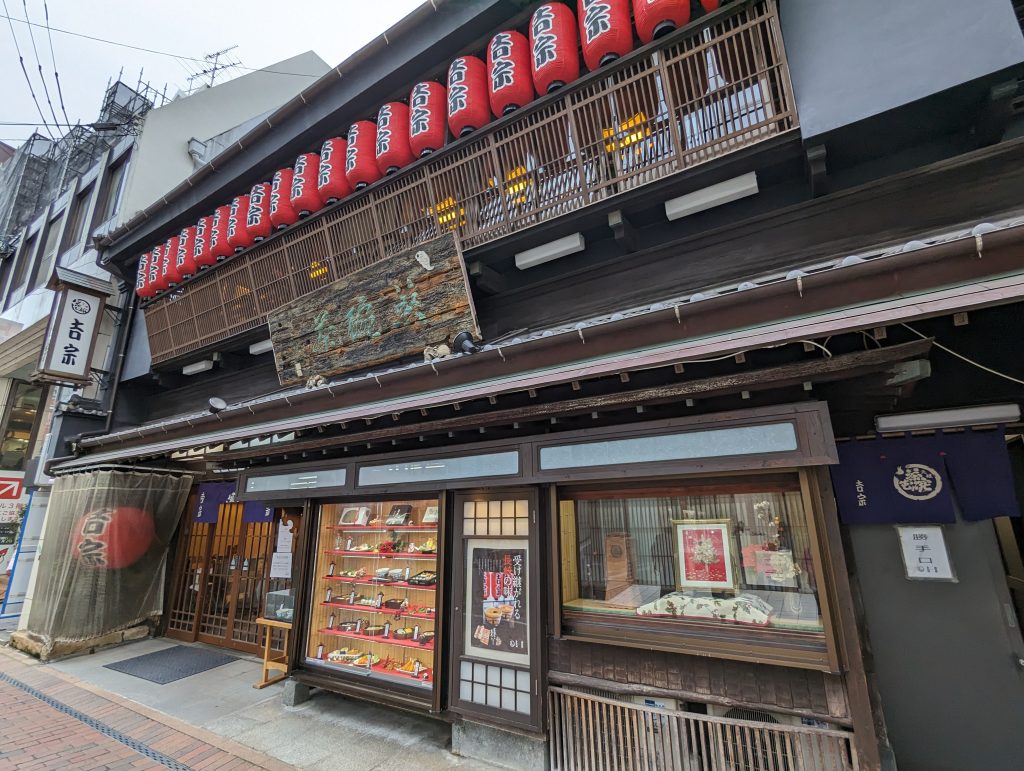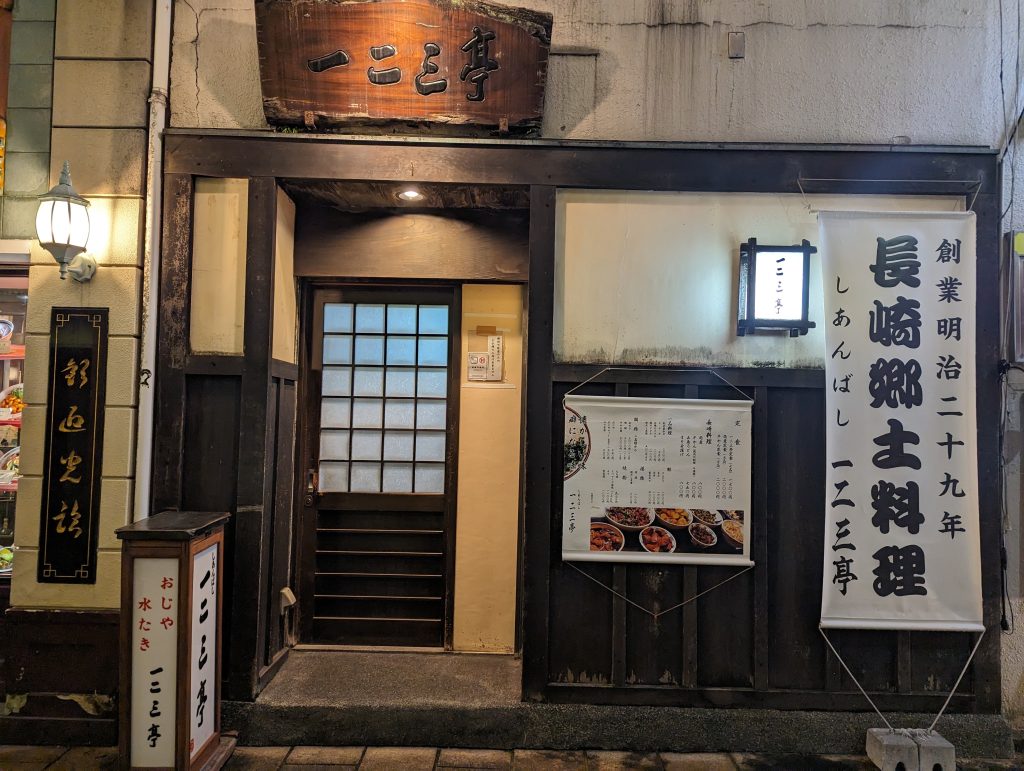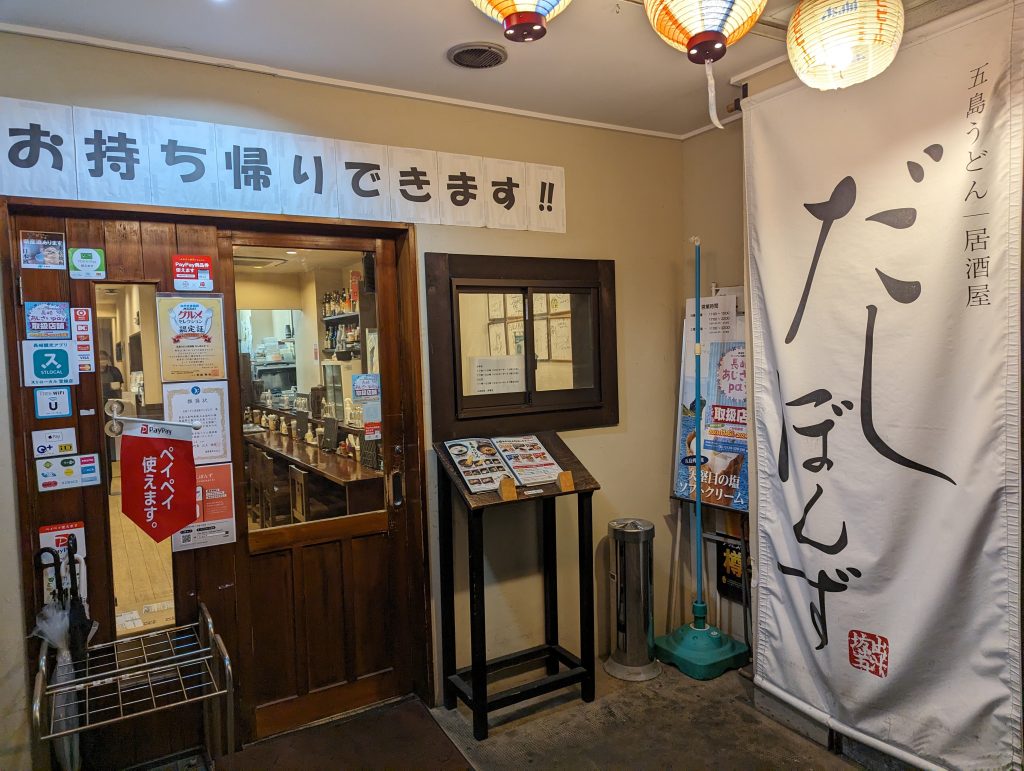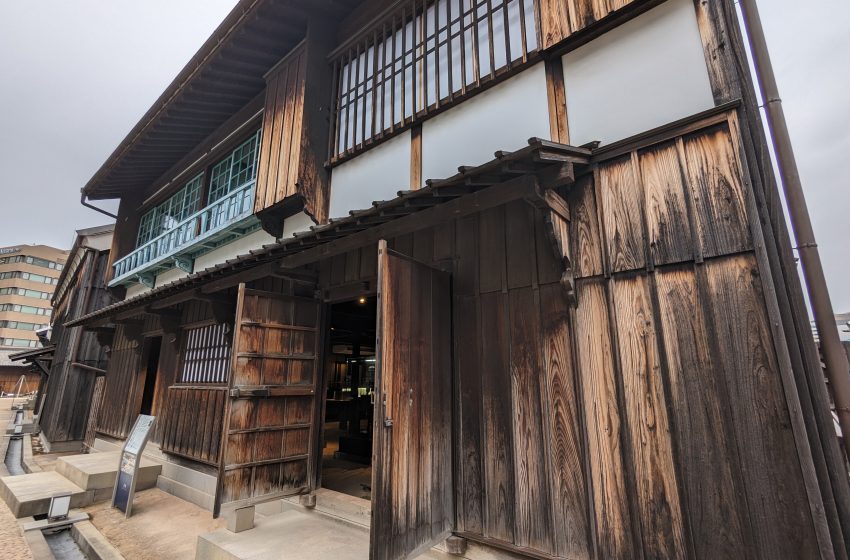
Dejima: Nagasaki’s Gateway to the West
Welcome, history buffs and curious travelers! Today, we’re stepping back in time to explore Dejima, a small, fan-shaped artificial island in Nagasaki that once served as the sole gateway between Japan and the Western world during the country’s period of national isolation, known as Sakoku. This unique historical site offers a fascinating glimpse into the cultural exchange between Japan and the Netherlands in the Edo period and stands as a testament to Nagasaki’s enduring spirit of openness and exchange.
The Historical Significance of Dejima
Constructed in 1636, Dejima was originally built to house Portuguese traders. However, after Japan expelled the Portuguese, it became a Dutch trading post in 1641. For over two centuries, it was Japan’s only window to the Western world, allowing for the exchange of goods, knowledge, and culture while the country remained isolated from the rest of the world.
Exploring Dejima Today
In modern times, Dejima is no longer an island, as land reclamation projects have connected it to the mainland. However, extensive restoration efforts have transformed Dejima back into a vibrant historical site, recreating the atmosphere and appearance of the Dutch trading post during the Edo period.
1. Architectural Marvels: Visitors can explore restored buildings and reconstructions, including residences, warehouses, and offices, showcasing Dutch architectural styles and the living conditions of the traders.
2. Museums and Exhibits: The Dejima Museum and various exhibits provide valuable insights into the daily life on Dejima, the cultural exchange between the Dutch and Japanese, and the significant impact of this exchange on science, medicine, and culture in Japan.
3. Cultural Events: Dejima often hosts cultural events and activities, allowing visitors to experience traditional Dutch and Japanese crafts, cuisine, and more, fostering a deeper understanding of the historical connection between the two cultures.
The Legacy of Dejima
Dejima’s impact on Japanese history is profound. It was the conduit for Western science and culture during Japan’s isolation, introducing medical, astronomical, and other scientific knowledge that significantly advanced Japanese understanding of the world. Today, Dejima is not just a historical site; it’s a symbol of Nagasaki’s multicultural heritage and long-standing spirit of international exchange.
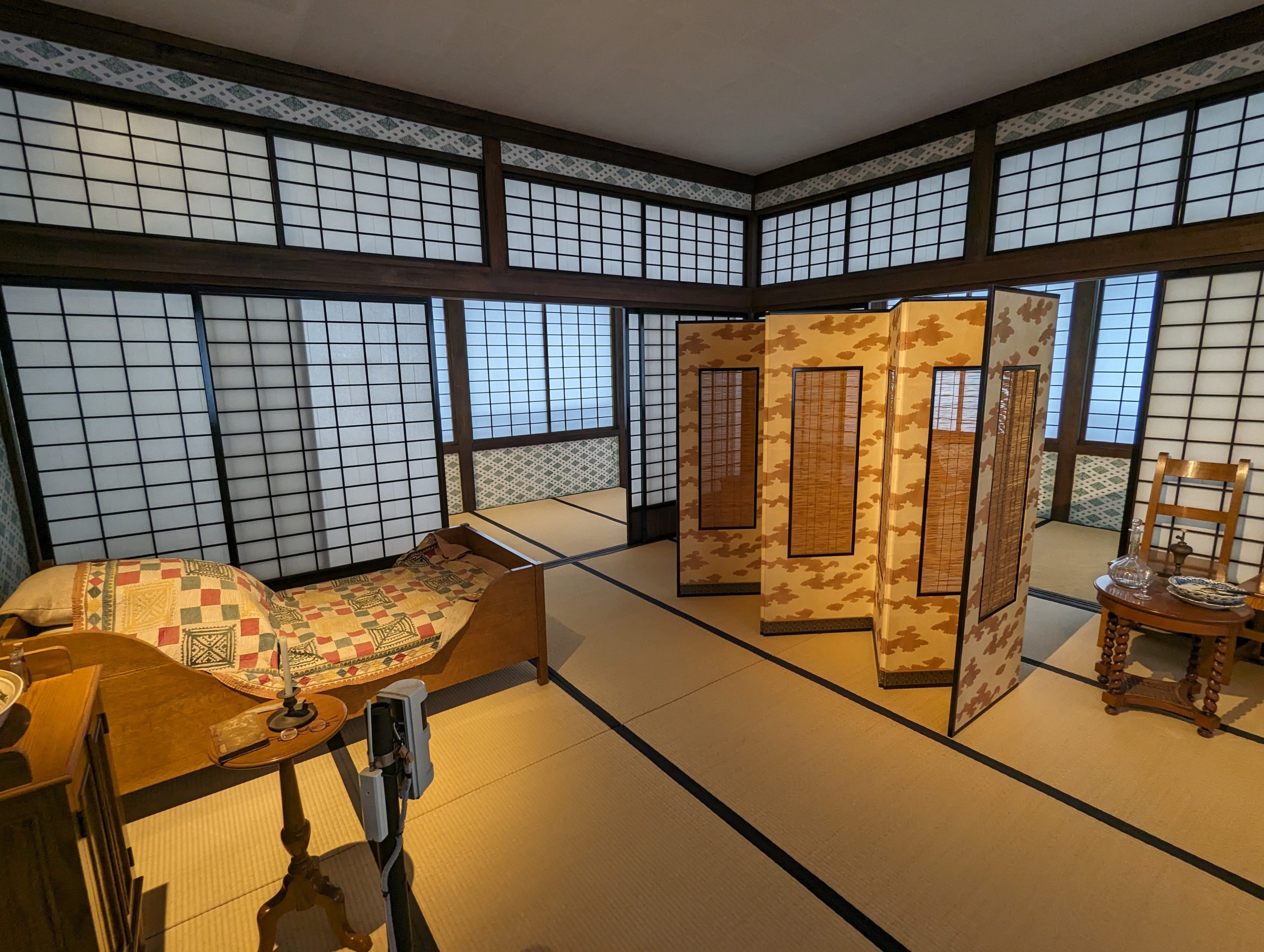
Visiting Dejima
- Location: Dejima is conveniently located in central Nagasaki, making it easily accessible by foot or public transport from other major attractions in the city.
- Admission: There is a small fee to enter Dejima, which contributes to the ongoing preservation and restoration of this important historical site.
- Guided Tours: For a more in-depth experience, consider joining a guided tour available in multiple languages to learn more about Dejima’s fascinating history and cultural significance.
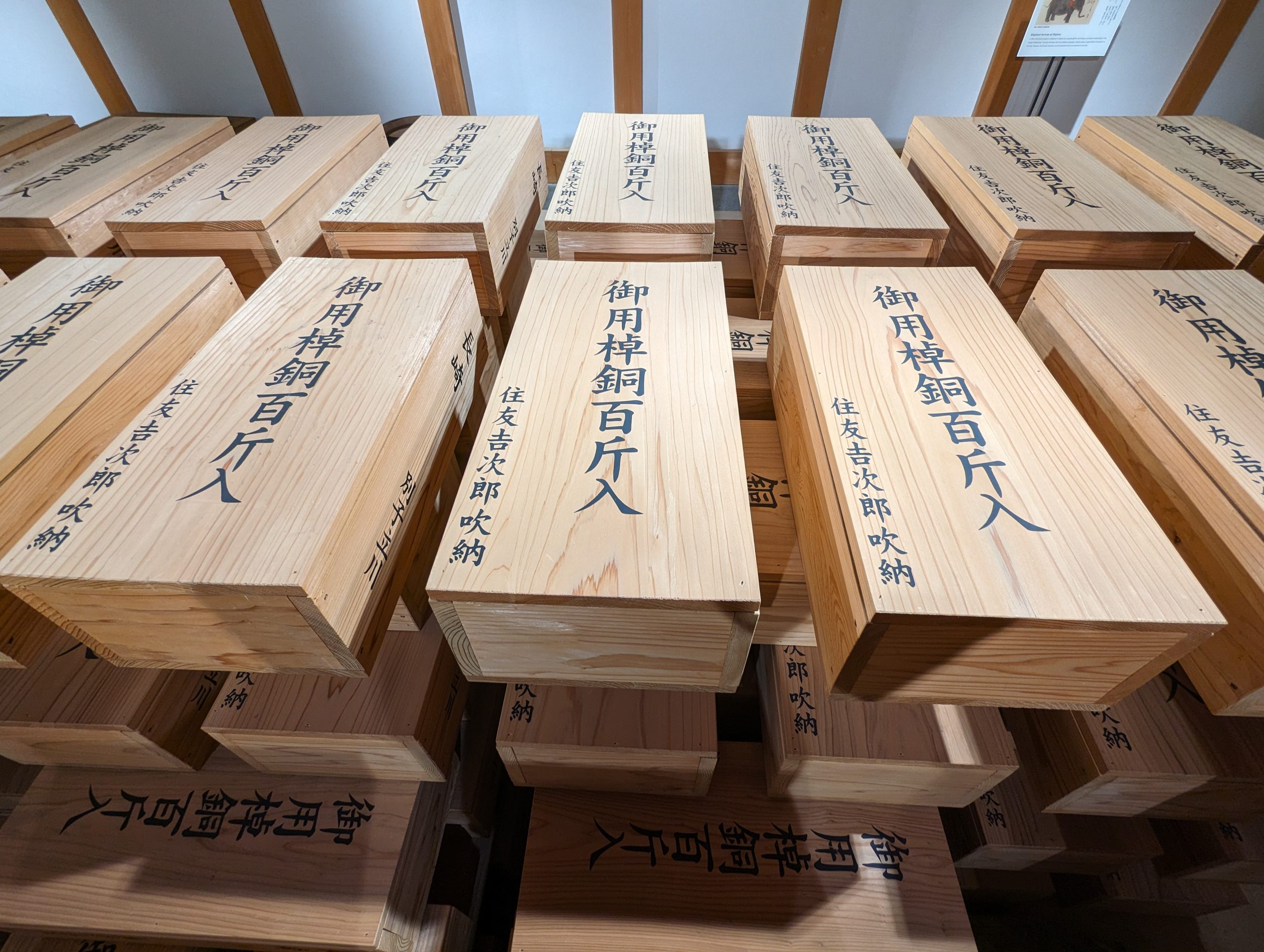
Conclusion: A Journey Through Time
Visiting Dejima is like walking through a living museum, offering a unique perspective on a pivotal period in Japan’s history. As you wander through the reconstructed buildings and streets, you’ll be transported back to a time when Dejima was a bustling hub of international trade and cultural exchange.
So, immerse yourself in the rich history of Dejima and embrace the opportunity to experience firsthand the place where Japan and the Western world met and interacted for over two hundred years.
Step onto Dejima and step into a fascinating chapter of Nagasaki’s past, where every corner tells a story of curiosity, exchange, and the enduring human spirit of exploration.

